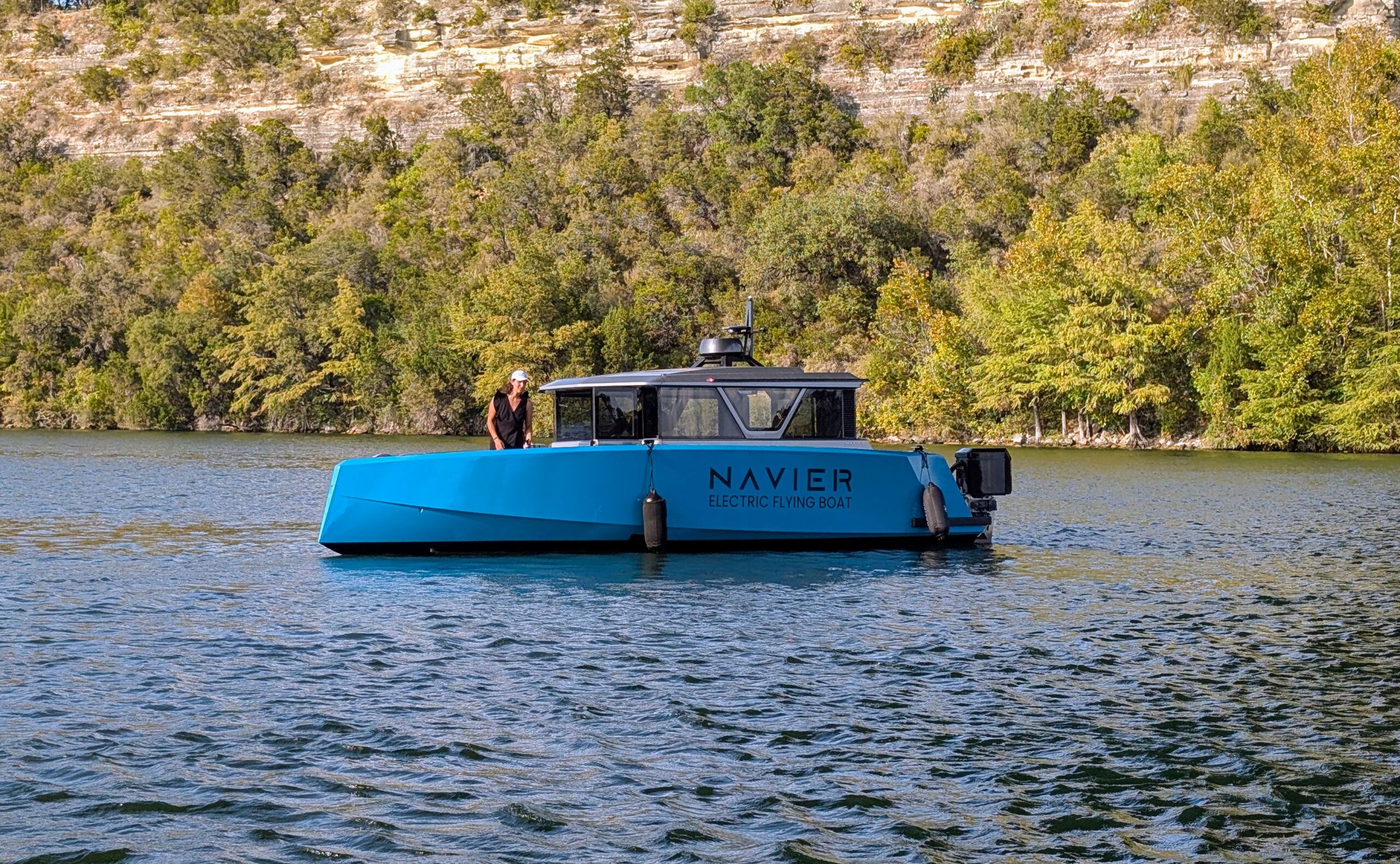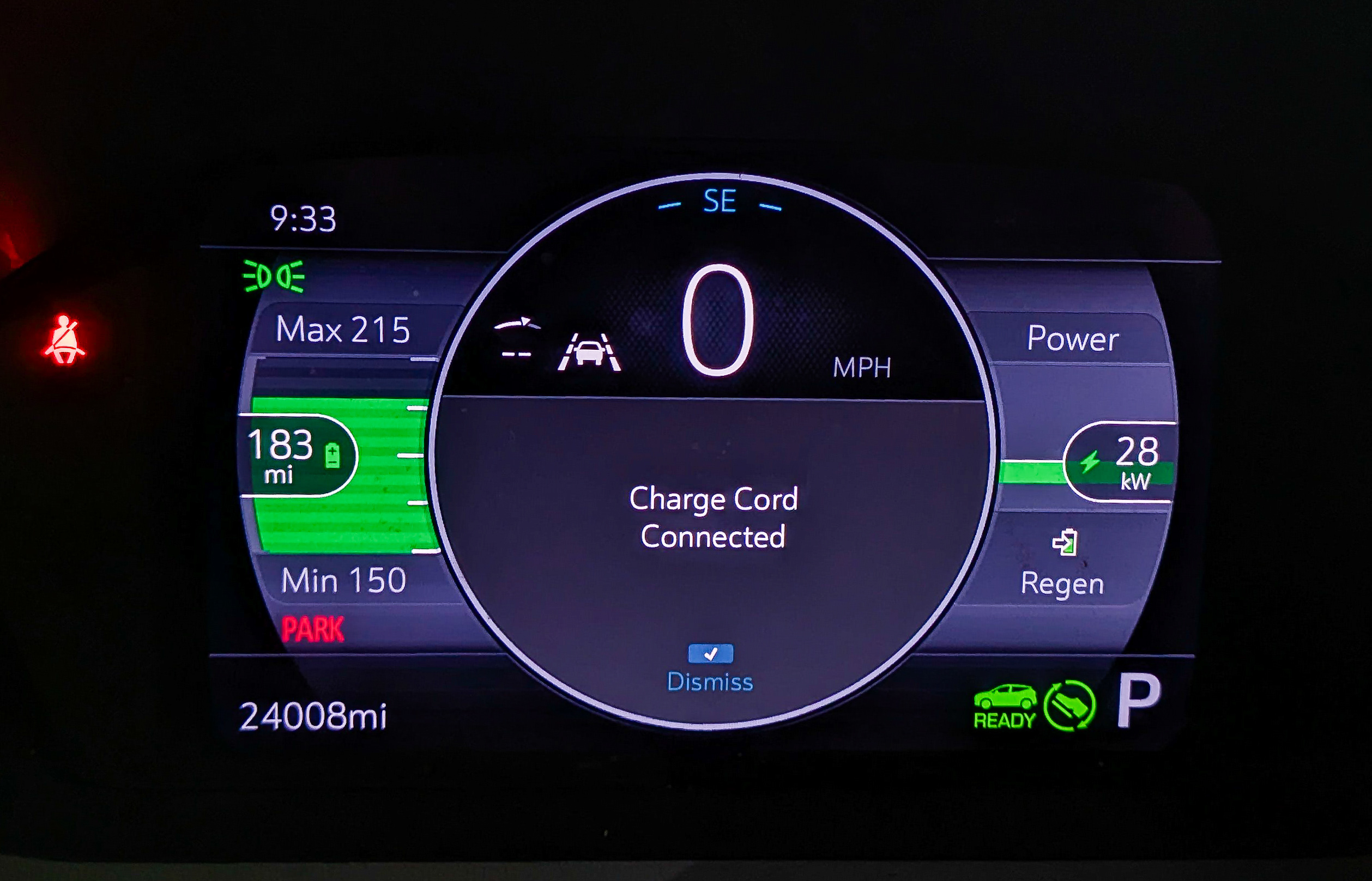Caterpillar discusses operator best practices for unlocking greater dozing productivity and efficiency.
Cat large dozers are common to mines and quarries around the world, serving as both production and support machines in multiple applications.
While experienced personnel make operating look easy, implementing specific techniques can help maximise dozer productivity and efficiency.
Caterpillar continually makes engineering updates and incorporates innovative technology solutions to help customers get more value out of their dozer investment. Plus, application experts and equipment trainers focus on training operators and encouraging best practices.
The operator is key to maximising dozer efficiency, performance and productivity. Using the wrong techniques can significantly reduce overall productivity, so it is critical that even experienced operators understand and execute dozing best practices.
General operating technique
Dozers are ideal tools for a variety of applications, from production dozing to reclamation operations. Regardless of application, Caterpillar application experts recommend several general best practices:
- Most applications dictate dozing in first gear with a fully loaded blade to achieve maximum productivity
- Reverse in second gear, when applicable, to reduce unloaded time
- Steer with blade tilt cylinders rather than steering clutches when the blade is loaded
- Minimise corner loading, prying and impact dozing to only required passes
- Load the blade downhill, maintain a steady dozing pressure, and minimise unloaded travel distance.
While there are dozens of dozer operation best practices, a good starting point is the dozing cycle itself. Caterpillar application experts have studied multiple slot dozing scenarios and identified techniques that can make the dozing cycle more efficient and productive.
Dozing technique efficiency
While it’s a common dozer practice in mining, the back-each-pass technique – where the operator starts each pass at the back of the cut and uses the length of the cut at a uniform depth – is the least productive and has the highest cost.
Efficiency and productivity suffer because the machine travels the entire length of the cut in both directions.
“A dozer is not being productive in reverse,” Caterpillar large dozer product application specialist Corey Metz said.
“With back-each-pass, the dozer traverses a longer average push distance as it travels the entire length of the slot for each pass. The blade isn’t loaded while pushing downhill since the blade is gradually loaded over the length of the slot.
“Since this technique is not utilising a slot, there’s also the risk of material spilling out of the blade, creating windrows, especially during the first few passes.”
Dozing back-to-front increases efficiency but is not the most efficient. Commonly used for stockpile applications, the operator progresses from back to front of the slot, so push distance is reduced with each pass as the dozer works to the front of the cut.
Efficiency suffers, however, from loading the blade uphill, and the slot is not fully utilised throughout the cut.

“Even though it is pushing shorter distances, the dozer is pushing uphill, which reduces productivity and increases fuel burn,” Metz said. “Like back-each-pass, it will also create windrows.”
Most efficient
With the front-to-back technique, the operator starts at the front of the slot and progresses towards the back with each pass. This approach enables the blade to be loaded downhill, creating a slot that can be utilised throughout the whole cut.
“A slot will help hold the material in front of the blade, so there’s no spillage or windrows, maximising the load on the blade,” Metz said.
“This technique uses the weight of the machine to more efficiently load the blade downhill while reducing the average push distance significantly.”
Push distance is a key metric when measuring dozer productivity. The average push distance on this technique is about half that of back-each-pass, and the amount of time spent in reverse is reduced. The carry cycle gets longer with each pass as the dozer progresses from the front to the back of the slot.
Metz said a dozer with a large load pushing slowly will out-produce one that pushes a smaller load faster.
“A dozer can only push so much material in a higher gear, so it takes, for example, four passes in second gear to push the same amount of material that could be pushed in three passes in first,” he said.
“With an increased number of passes, the operator spends more time in reverse and isn’t pushing full loads. This makes the machine work harder while reducing productivity.”
Improper dozing technique can negatively impact dozing efficiency. Coaching operators on a proper dozing technique can lead to significant cost-per-tonne benefits for a mining operation.
This feature appeared in the July 2025 issue of Australian Mining.




